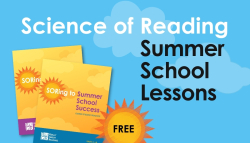
Top 10 Reasons to Teach the Science of Reading in Summer School
The science of reading is an evidence-based approach to teaching that focuses on the cognitive processes involved in reading. By teaching lessons aligned with the science of reading in summer school, you can help students develop a strong foundation in the skills and strategies that are essential for becoming successful proficient readers.
Learn nine more reasons to teach the Science of Reading in Summer School, read more...
Really Great Reading Blog & In the News
Really Great Reading Explores the Research and Structure of Literacy
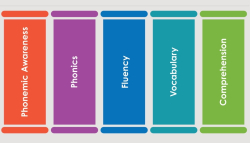
What Are the Five Pillars of Reading?
How can we teach all students to read accurately, rapidly, and with comprehension by the end of third grade? We can use the five essential components of reading instruction, known as the Five Pillars of Reading. The National Reading Panel, using decades of research identified five critical areas of reading instruction.
Learn more about the Five Pillars of Reading, read more...
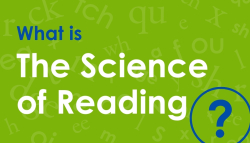
What Is the Science of Reading?
The Science of Reading is a body of research that incorporates insights and research from disciplines that include developmental psychology, educational psychology, cognitive science, and cognitive neuroscience. The science of reading has demonstrated the methods that best help children learn to read, from the earliest steps in spoken language to being able to successfully decode unfamiliar words.
Learn more about the Science of Reading, read more...
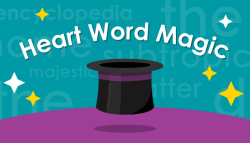
Make Tricky Sight Words Sticky - Free Heart Word Magic Video & Activities
Did you know that literate adults have a library of 30,000 to 70,000 words they can read automatically, accurately, and effortlessly? These words are considered “sight words” because we instantly recognize them by sight. This library of sight words is called your "orthographic lexicon" or “sight word memory."
Learn how to teach sight words and make them sticky, read more...
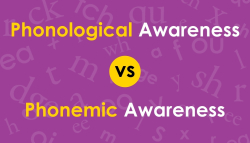
What's the Difference Between Phonological Awareness & Phonemic Awareness?
Phonological awareness and phonemic awareness are not only fun to teach, they are essential to proficient word recognition and decoding. Do you know why phonological awareness and phonemic awareness activities are important in pre-K literacy and beyond?
Learn all about phonological awareness and phonemic awareness, read more...
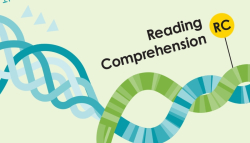
What is Scarborough's Reading Rope?
In 2001, Dr. Hollis Scarborough created the Reading Rope using pipe cleaners to convey how the different “strands” of reading are all interconnected yet independent of one another. For many students, learning to read is a challenge. Scarborough's Rope captures the complexity of learning to read.
Learn how Scarborough's Reading Rope is made up of lower and upper strands. read more...
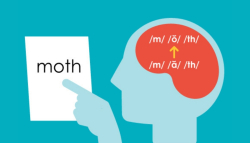
What Are the 6 Layers of Phonemic Awareness - Improve Reading Using Your Ears?
Reading With Your Ears? What if we told you that you could improve your students’ ability to read unfamiliar words without showing them a single printed letter? As crazy as it sounds, it’s true! Phonemic Awareness is the awareness of and ability to manipulate the individual sounds (phonemes) in spoken words (Kilpatrick, 2015).
Learn how you can teach your kids to read using their ears, read more...
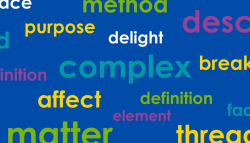
What are the Top Five Reasons To Teach Vocabulary?
Research has shown that we need to understand at least 98% of the words we read to understand what we are reading. Improving vocabulary skills will improve comprehension of novels and textbooks. Young people are reading less and are failing to build vocabulary amid a sea of digital media.
Learn why it is so important to teach vocabulary, read more...
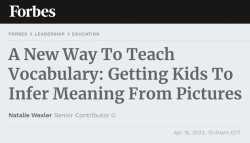
A New Way To Teach Vocabulary: Getting Kids To Infer Meaning From Pictures
Natalie Wexler, author of "The Knowledge Gap,” weighs in on why "Vocabulary is crucial to reading comprehension, but it can be hard to teach—especially if the words are abstract." She introduces "A promising new approach using pictures that prompt students to infer a word’s meaning."
Learn more about this revolutionary new approach to teaching vocabulary, read more...
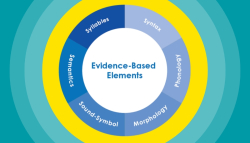
What Is Structured Literacy?
The International Dyslexia Association originated the term structured literacy. It encompasses a science-based, structured approach to literacy instruction. It provides explicit, systematic, engaging, multisensory, and developmentally appropriate instruction.
Learn what are the teaching principles of structured literacy. read more...
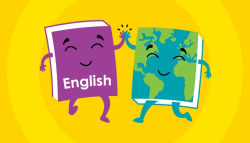
Top 3 Strategies for English Learner's Literacy Instruction
In today's diverse classrooms, teachers are tasked with ensuring that all students' needs are met, including those of English Learners. One powerful approach to supporting ELs is leveraging what students already know to facilitate the acquisition of English literacy skills.
Learn how Teachers can create a supportive and inclusive learning environment, read more...
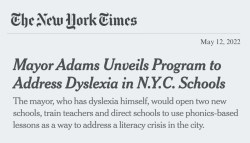
Mayor Unveils Program to Address Dyslexia in N.Y.C. Schools
"The mayor, who has dyslexia himself, would open two new schools, train teachers, and direct schools to use phonics-based lessons as a way to address a literacy crisis in the city." "Officials will require principals to choose from a handful of phonics-based curriculums to include as part of their comprehensive reading programs, such as ... Really Great Reading, said Ms. Quintana."
Read the full article in the New York Times, read more...

What Is Dyslexia?
Dyslexia is a learning difference that impacts an individual's ability to read, write, and spell despite receiving adequate instruction and having average or above-average intelligence. It is a lifelong journey that primarily impacts language processing skills, particularly in the areas of reading and spelling.
Learn how dyslexia impacts learning, read more...
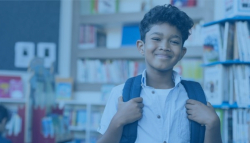
Dyslexia Resources
To remediate and support dyslexia you need an approach that contains critical, evidence-based components of phonics for dyslexia instruction. Our explicit, systematic, engaging, multisensory, and developmentally appropriate programs teach students the key skills they need to become efficient and accurate decoders.
Learn about what dyslexia resources are available, read more...
Schedule a Science of Reading Curriculum Overview
Do You Want Exceptional Student Outcomes? Are you looking for a Science of Reading curriculum solution? Do you want to raise reading scores and get every child reading? For 18 Years, we've been a pioneer in teaching the Science of Reading. Our trusted, proven, easy-to-implement, research-based, systematic, structured literacy approach ensures exceptional student outcomes. Teachers and students love it. Don't settle for less.




